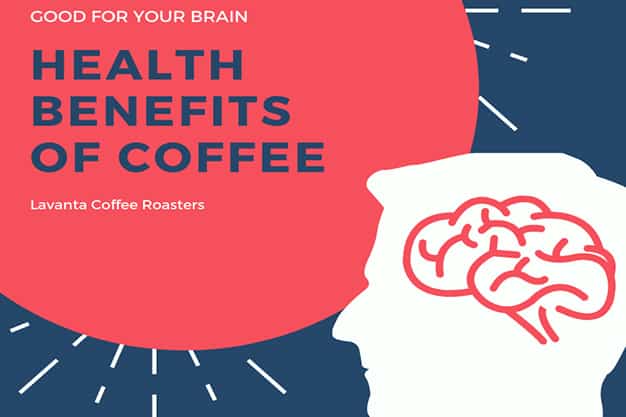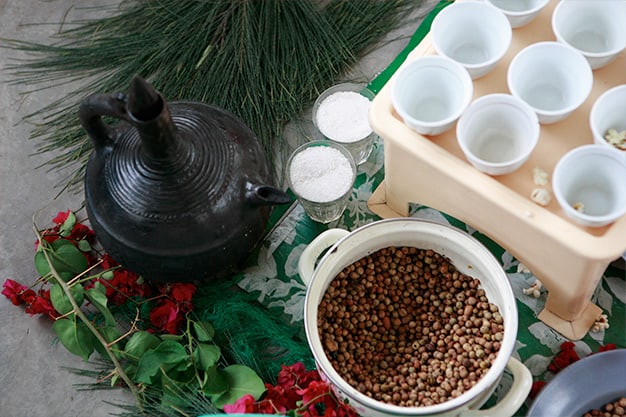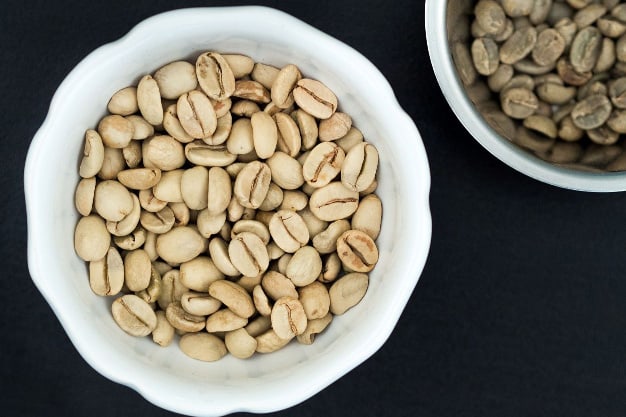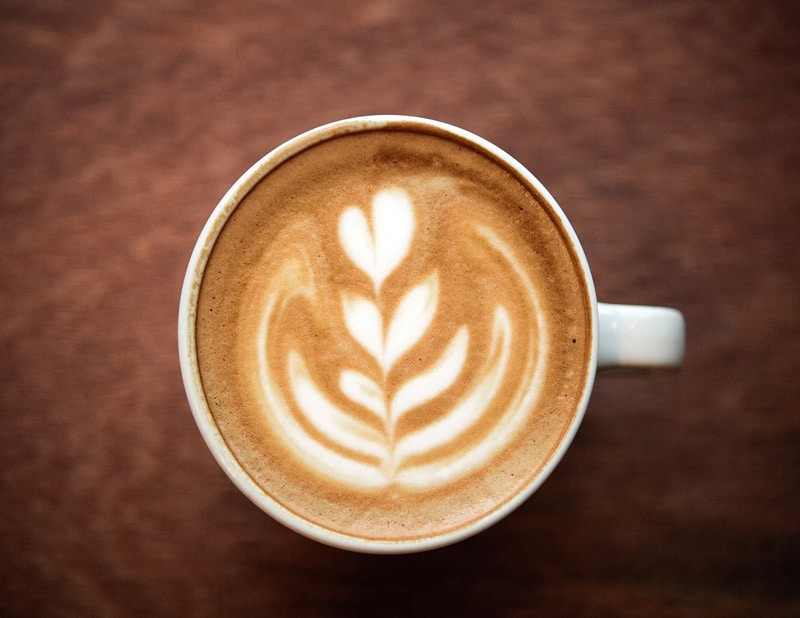
Coffee is one of those foods that has gone back and forth with nutritionists over the years, with some benefits and some drawbacks as well. While this classic beverage has been enjoyed for many years and in many nations, modern consumers are concerned about the effects on the heart, teeth, and anxiety—but, in moderation, the […]

If you’re a dedicated coffee lover, you probably already know how important it is to consider the source and origin of your coffee, in part to determine whether an arabica or a robusta blend may be more your style. At our NJ roasting facility, we sell coffee from around the world. But did you know […]

Anyone who lives in a chilly, northeastern climate like New Jersey can appreciate a hot cup of coffee. But what about the warmer weather, including monsoon season? Many of Lavanta Coffee Roasters’ New Jersey customers have never been near a monsoon, but may be surprised to find out that monsoons and coffee once went together! […]

What is Direct Trade in Coffee? Have you ever stopped to wonder where the coffee beans that end up in your cup of coffee came from? Do you know if your coffee supplier does? At Lavanta Coffee Roasters we sure do—because we participate in Direct Trade agreements. Read on to find out what this program […]

Why Home Roasting Produces the Best Coffee At Lavanta Coffee Roasters in NJ, we are coffee roasters! In fact, it’s even in our name. But, as coffee lovers, we know just how great a freshly roasted cup of coffee can taste. While we pride ourselves on our roasting capabilities and store our roasted coffee beans […]

















